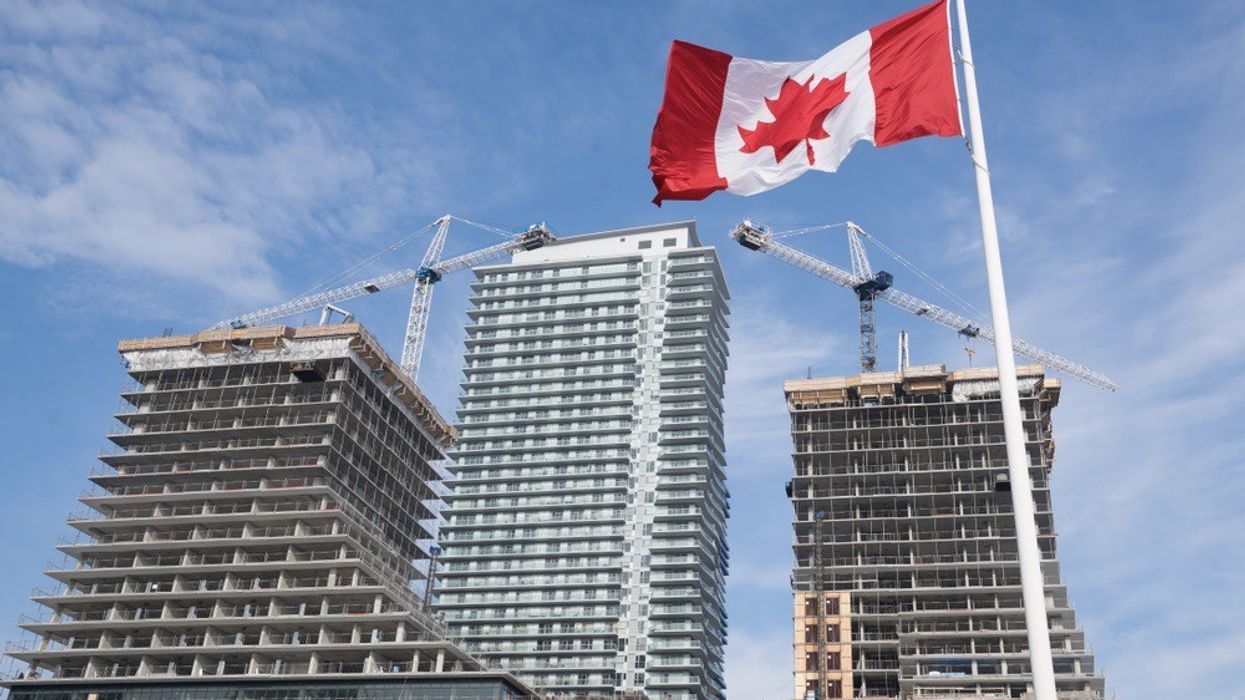On Tuesday, the Government of Canada released an updated immigration plan that calls for 465,000 new permanent residents in 2023, 485,000 in 2024, and 500,000 in 2025. That’s compared to 405,000 in 2021 -- the highest number to date.
The lofty targets in Canada’s 2023–2025 Immigration Levels Plan are intended to beef up Canada’s labour market, particularly in sectors with acute skilled labour shortages, and the plan aims to see newcomers disbursed across the country and settling in small towns and rural communities.
In more specific terms, the government is aiming to bring over 60% of admissions in the economic class by 2025 -- particularly newcomers with skills and qualifications in health care, manufacturing, building trades, and STEM -- and will ensure at least 4.4% of new permanent residents outside Quebec are Francophone, in a measure to support Canada’s French-speaking population.
Additionally, existing pilots and programs -- the Provincial Nominee Program, Atlantic Immigration Program, Rural and Northern Immigration Pilot, and Economic Mobility Pathways Pilot -- will be expanded and leveraged to achieve the new immigration goals.
“Canada has experienced one of the strongest economic recoveries from the COVID-19 pandemic. We’ve recovered significantly more jobs than were lost during the pandemic. Our GDP levels are well in excess of pre-pandemic levels. A couple of months ago, we hit the lowest rate of unemployment in the history of Canada,” the Honourable Sean Fraser, Minister of Immigration, Refugees and Citizenship, said in a news conference. “You don’t need to dig into the stats to understand that there was a million jobs available in the Canadian economy. You need to walk down Main Street of any community in Canada. You’re going to see ‘help wanted’ signs in the window. This is the economic context that we’re living through right now.”
While the levels plan stands to help Canada’s construction sector in some ways -- “historically it has been through immigration that we have been able to grow our workforce, fill our union halls and build Canada’s infrastructure,” said Sean Strickland, Executive Director of Canada's Building Trades Union -- it doesn’t answer the question of where everyone will live.
According to the latest census, an average of 200,000 homes are built in Canada each year. However, in April, Finance Minister Chrystia Freeland committed to roughly doubling the average, which would translate into around 400,000 new homes being built annually through to 2031.
However, the Canada Mortgage and Housing Corporation (CMHC) has since stated that the rate of construction in Canada, as it currently stands, simply won’t support the federal target. According to the CMHC, the current rate of housing starts would have to more than double in order to meet demand and bring some semblance of affordability to the national housing market.
The circumstance is equally as disconnected in Ontario, which historically has received the lion’s share of new Canadians.
The government of Ontario has estimated that the province will need 1.5M new homes by 2031 to keep up with its expanding population. Shortly after, a report from Smart Prosperity Institute took a hard look at that target and rendered it accurate but unattainable. In short, Ontario’s construction sector simply doesn’t have the capacity to produce 1.5M new homes, and would more realistically fall short by 500,000 units.
Still, Ontario has soldiered on. In late October, Premier Doug Ford introduced sweeping legislation geared at getting those 1.5M homes built. Almost immediately, the feasibility was called into question. The largest number of annual housing starts since 1987 has been 100,000, but Ford’s legislation would see that figure increased to around 150,000 per year.
Now, with the latest immigration targets being as high as they are, the inconsistencies in both the federal and provincial supply plans are magnified.
At the same time, there are some variables to consider. As aforementioned, newcomers could theoretically bulk up the construction sector’s labour force, which could increase output, moderate wages, and lower overall construction costs. Additionally, it stands to reason that given the high interest rate environment and high cost of borrowing, the bulk of forthcoming newcomers will choose to rent a home for some time, as they have historically, mitigating some of the potential strain on the homeownership sector.
But a much more realistic conclusion to draw is that more Canadians -- new and existing -- will face an inaccessible housing market, both in terms of inventory and affordability. Bringing in more Canadians before locking in a compatible level supply is a bit of a cart-before-the-horse scenario, and one that pegs a lot of hope on provincial and federal housing goals that are very far from being realized.





















